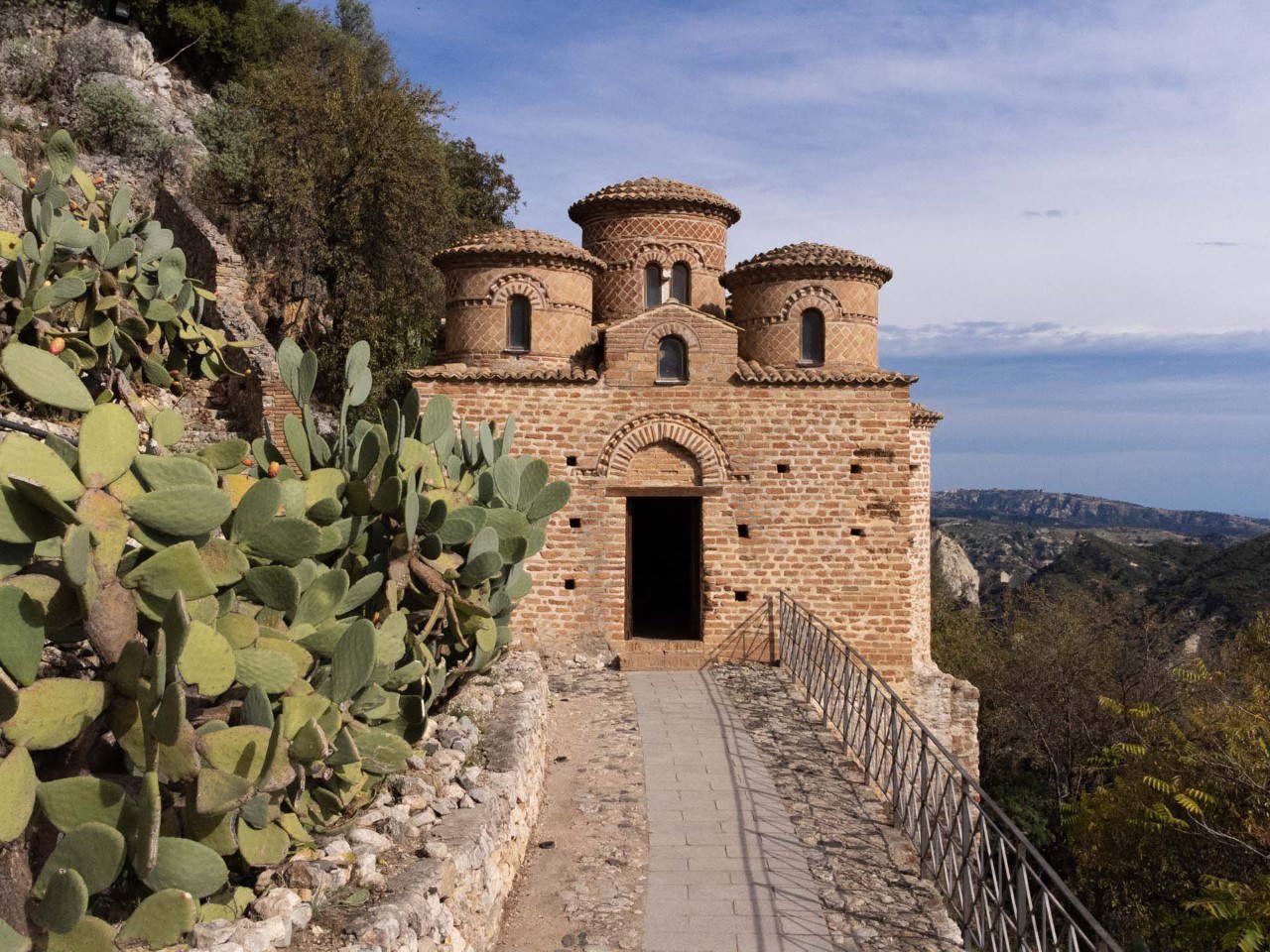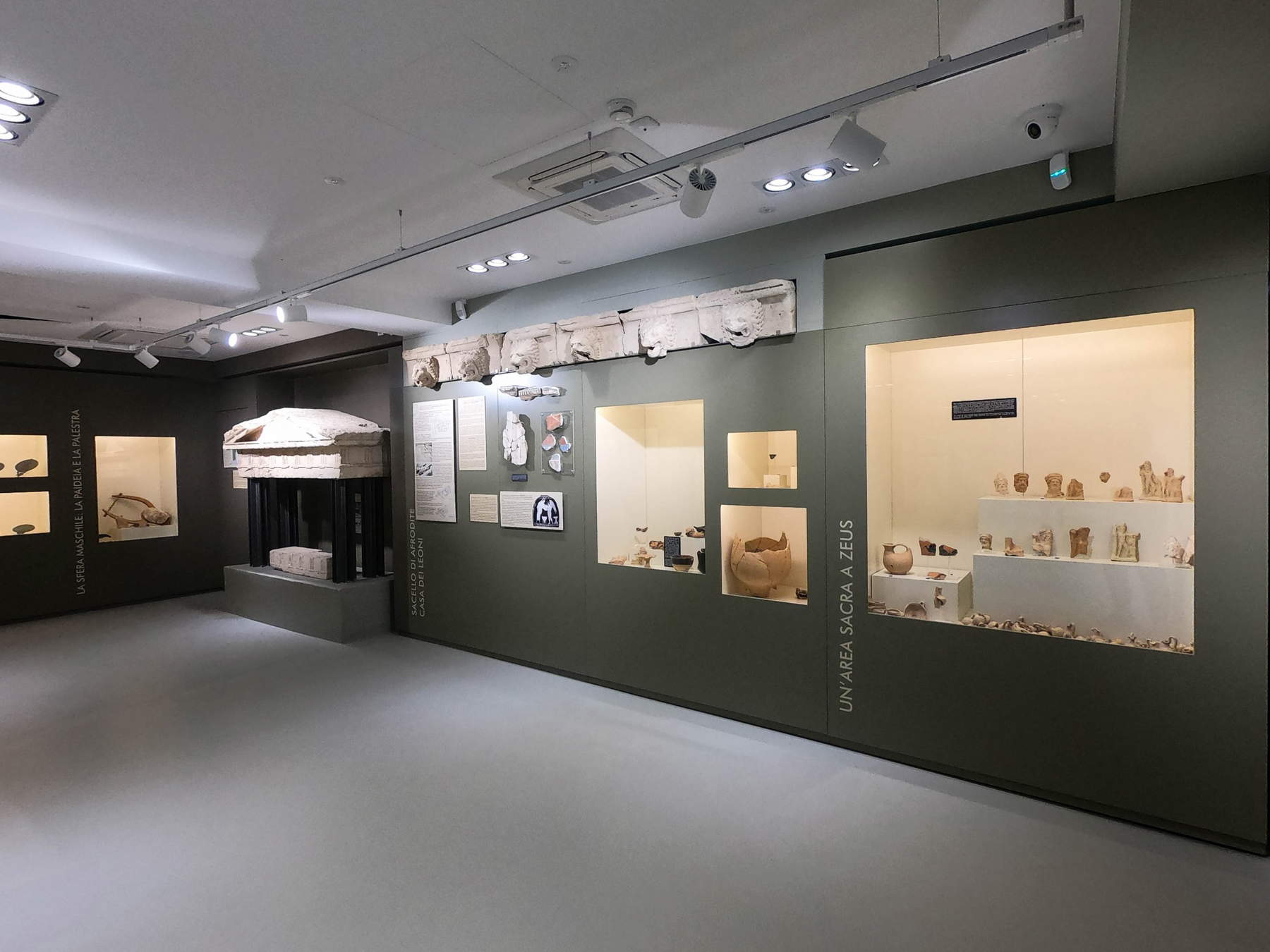After the review on autonomous museums, Finestre Sull’Arte continues its in-depth study on state museums by launching one dedicated to the Regional National Museum Directorates (DrMn), peripheral articulations of the General Directorate of Museums. The new organization of the Ministry of Culture, established by Prime Ministerial Decree No. 57 of March 15, 2024, has, in fact, introduced a substantial novelty with respect to the past, recognizing also to these institutes special autonomy, that is, the same scientific, financial, organizational and accounting autonomy enjoyed by museums and archaeological parks. This is, arguably, the most significant innovation compared to the various shot adjustments of the Franceschini reform made over time, although all media attention has instead been catalyzed by the new super-Departments.
An innovation that goes far beyond the mere renaming of the previous regional museums directorates, themselves so renamed as of 2019 (the previous wording “regional museum poles” had created misunderstandings about the nature of these peripheral offices, of the state precisely and not of the regions). This could be said to be a natural evolution of the reform, since from the beginning the poles were the decision-making venue for regional museums, and the tasks of the directors of the poles were already similar to those of museums with special autonomy. Among these tasks was that of enhancing, promoting and making usable to the community the cultural heritage of the museums and places of culture entrusted to it for management, for example by organizing exhibitions, promoting study and research activities, restoration, and still maintaining cooperative relations with other territorial entities to enhance cultural contexts and improve the quality of services. From the outset, however, the then “hubs” proved to be the weak link in the new arrangement launched in 2014. It was clear for some time, therefore, that they needed organizational adjustments.
The solution now adopted in some ways traces the scheme already introduced for autonomous museums, establishing two different ranks with general (Uffizi, Brera, Galleria Borghese, Colosseum, etc.) and non-general (Palazzo Ducale in Mantua, Gallerie Estensi, Pantheon and Castel Sant’Angelo, etc.) management level museums. In the same vein, a series A and series B also seem to have been created for the regional directorates: a diversification within the non-general management level. To the former belong the 7 that remain independent, dedicated to an entire region: Calabria, Campania, Lazio, Lombardy, Sardinia, Tuscany, and Veneto. While 11 belong to as many autonomous institutes, according to a hybrid solution, as in the case of the Emilia-Romagna National Museums Regional Directorate aggregated to the National Museums of Bologna; the Umbria Directorate to the National Museums of Perugia; the Puglia Directorate to the Swabian Castle of Bari, etc. Since there were no plans to merge with the “bigs” (the first-tier autonomous museums), the solution seems to have been the algebraic one of adding up the two “weaker” entities under the banner of union is strength.
The significant increase in managerial positions resulting from museums and institutes with special autonomy reaching 61 (with the 17 added to the existing 44) is partly offset by the single director solution in the case of the paired institutes.
If the question of economic and financial sustainability remains, given the lack of impact analysis of the new regulations in general, according to the remarks made by the Council of State in its advisory opinion, will the new arrangement be the key to overcoming the critical issues of the past? We asked this of the heads of three autonomous and as many hybrid directorates, from north to south.
In this first appointment we heard from Fabrizio Sudano, archaeologist, director of the National Archaeological Museum of Reggio Calabria since January 2024, since last Nov. 15 he has also been assigned the delegation for the Regional Directorate National Museums Calabria. This brings the number of autonomous (second-tier) institutes in the region to three: MArRC of Reggio Calabria, the Archaeological Parks of Sibari and Crotone (with the newly added designation of Crotone to Sibari) and, indeed, DrMn Calabria. This has been assigned 15 cultural institutes and places, including the National Archaeological Museum of Scolacium - Borgia (Catanzaro), the National Gallery of Cosenza, the Museum and Archaeological Park of Ancient Caulonia - Monasterace, the National Archaeological Museum of Locri, the Cattolica of Stilo - Stilo, and the Archaeological Park and Antiquarium of Bova Marina (all in Reggio Calabria).

MS. Among the innovations introduced in 2014, the “regional museum poles” immediately proved to be the weak points of the ministerial reorganization. In your opinion, what were the critical issues?
FS. Several were the critical points, especially at the beginning of a reform that, apart from the institutes that had become autonomous, proved complicated precisely for the institutes belonging to the regional museum poles that suffered the violent and sudden detachment from the Superintendencies that had until recently managed them with their own funds while still ensuring their protection, maintenance, research and enhancement. The new pole structures, often headed by managers who were not specialists in all fields (e.g., art historians in regions where most of the museums and sites were archaeological), then struggled to assume full autonomy and awareness of what they were supposed to do and the tasks delegated to them. But it was obvious that this was only a matter of time and “maturation” of the reform in place. Put on the right footing, thanks to consistently good and administratively competent managers as well, made the necessary handovers of staff, assets and places, the hubs slowly began to move decidedly better and relations with the superintendencies became more and more settled.
Has anything then changed in 2019 with the “regional museum directorates,” other than the new wording?
I think apart from the new name, not much has changed. More and more museums and sites taken out of the management of the superintendencies have been added little by little, but, this time, as part of a much more oiled and largely broken-in mechanism after four or five years, the problems and critical issues have been almost zeroed out.




What is the reason for introducing a diversification between directorates coinciding with a Region and others aggregated to autonomous institutes?
I cannot give you a completely exhaustive answer of the reasons that led to this differentiation. The new organizational structure desired by Minister Sangiuliano, which entailed the creation of departments and the elimination of regional secretariats, effectively revolutionized the managerial positions in the Ministry, but could not count on a significant increase in the number of managers.
Aggregations, then, take place exclusively with second-tier museums or parks. Is there a reason for this as well?
I don’t know. These are ministerial choices that certainly took several factors into account.
Will the mergers also be useful in generating economies of scale, with the sharing of services, instrumentation, professional expertise?
As with all new phases and reforms, new processes are set in motion, which one always hopes will be ameliorative in several respects, not the least of which is economic and financial.
In this network perspective (if effective), are there moments of exchange among you directors to compare different experiences?
There is always ample discussion among us directors, and for this, the central role of the Executive Board is crucial to act as a glue between institutes and a megaphone of practices with positive and replicable outcomes.
What do you think will change with the new financial autonomy compared to the past?
It all depends on the numbers of individual museums that will be part of the new Regional Directorates. But it will certainly change the way spending is planned. And this will already be a big challenge.
Warning: the translation into English of the original Italian article was created using automatic tools. We undertake to review all articles, but we do not guarantee the total absence of inaccuracies in the translation due to the program. You can find the original by clicking on the ITA button. If you find any mistake,please contact us.